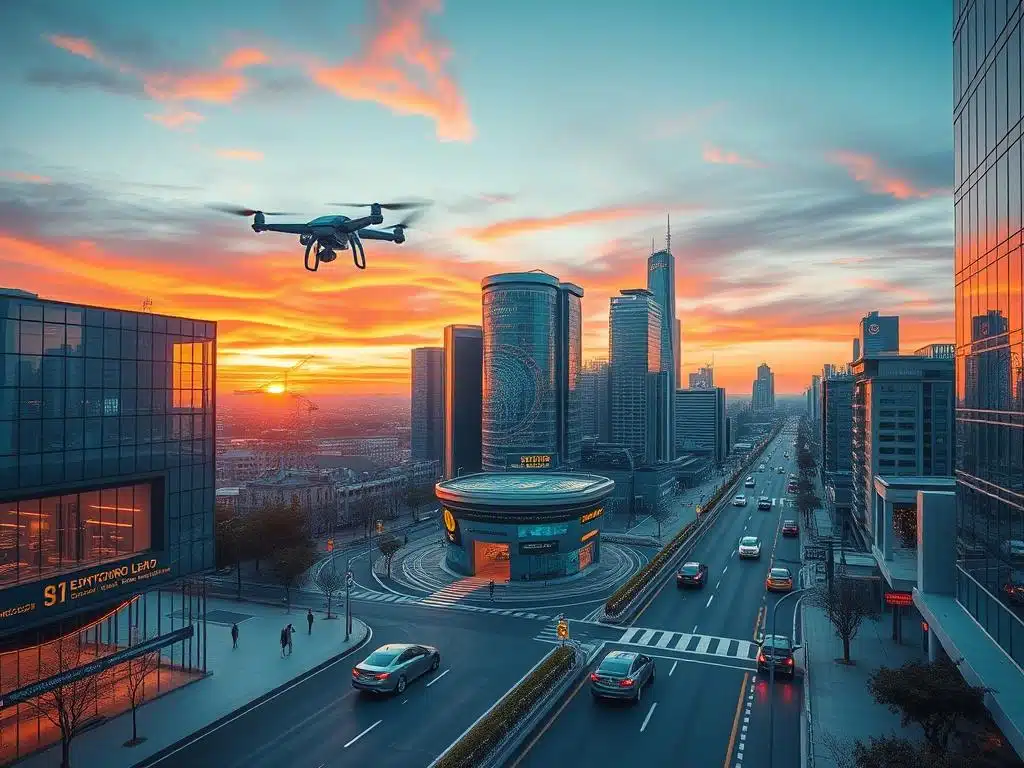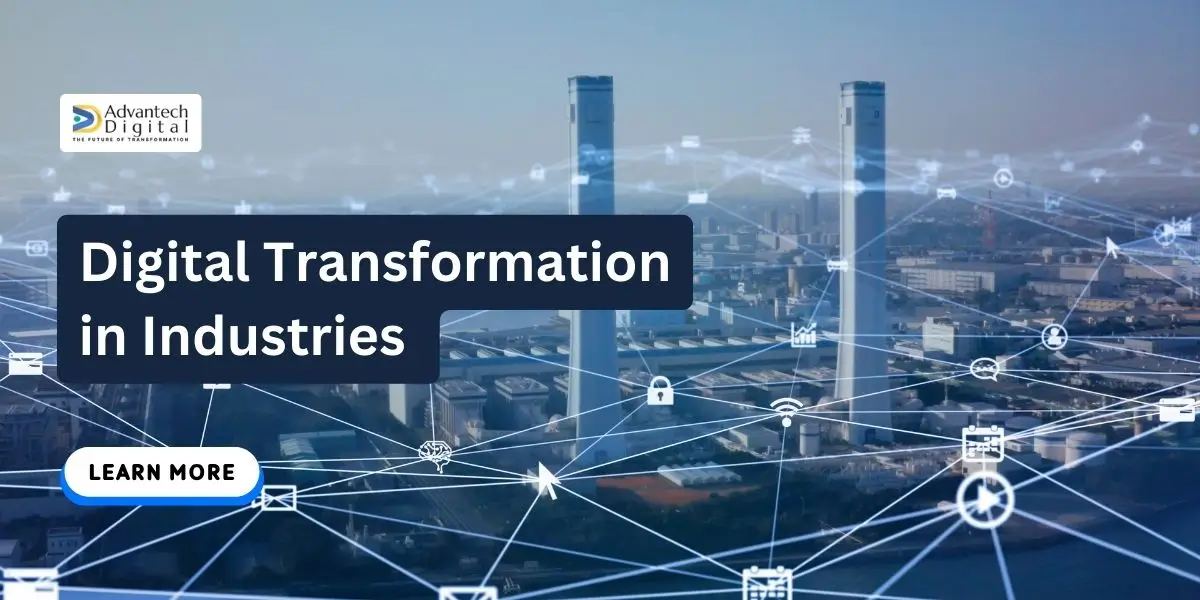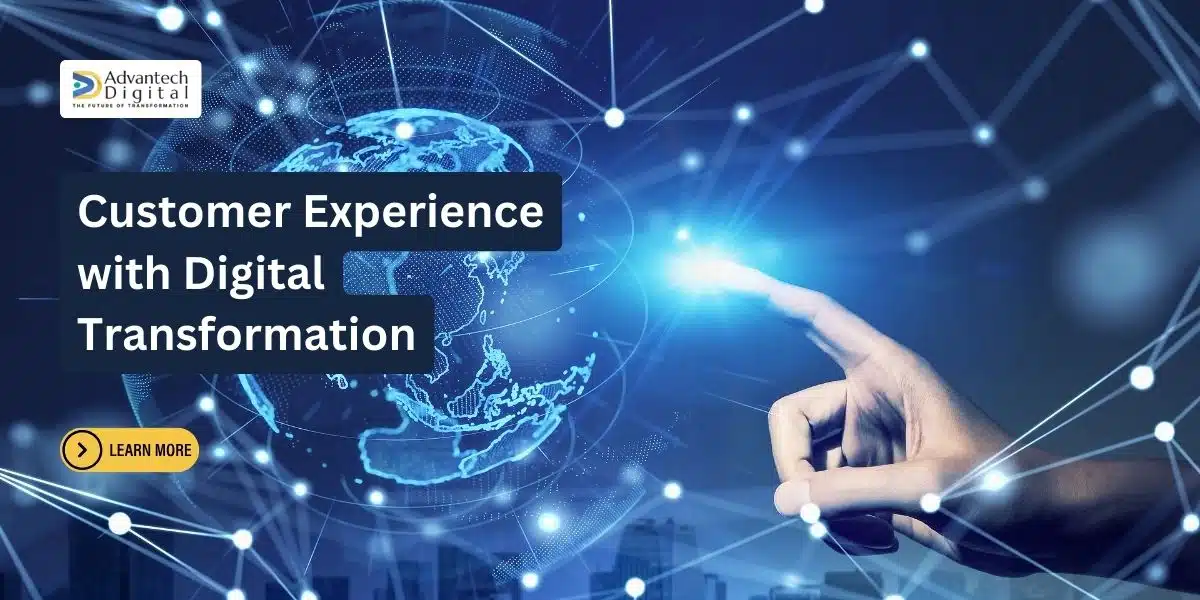Is your business ready for 2025’s digital landscape? Tech shapes our work, communication, and innovation. Embracing digital transformation frameworks is crucial for growth. Choosing the right framework is key to aligning with your goals.
Navigating digital transformation can be complex. The right strategy can unlock scalability and innovation. It’s about more than IT modernization. It involves optimizing processes and creating new business models.

Gartner Forecasts predicts hyper-automation tech will hit $596.6 billion by 2022. This shows digital frameworks’ importance in business success. Cloud computing, low-code tools, and AI drive scalability and innovation.
A solid framework helps streamline operations and enhance customer experiences. It gives you an edge in the evolving business landscape. Continuous improvement culture is crucial for long-term success.
We’ll explore top digital transformation frameworks for 2025 success. Generative AI boosts content creation and personalization. The Internet of Things optimizes supply chains. These tools empower organizations to thrive in the digital age.
Key Takeaways
- Understand the importance of digital transformation frameworks for business success in 2025
- Explore the key elements of effective digital transformation frameworks, including clear goals, innovation culture, and data-driven insights
- Discover the role of generative AI in automating content creation and enhancing customer engagement
- Learn how the Internet of Things (IoT) can optimize supply chain and logistics while reducing waste
- Gain insights into the shift towards Anything-as-a-Service (XaaS) models and their benefits for application development and scalability
- Understand the significance of data security and privacy in the digital landscape
- Explore the potential of hyper-automation in streamlining processes and driving digital transformation
Embracing the Digital Revolution: The Importance of Transformation Frameworks
Businesses must adapt to the digital revolution to stay competitive. Effective digital transformation frameworks are crucial as we approach 2025. These frameworks offer a structured approach to navigating business transformation and leveraging emerging technologies.
McKinsey reports a 70% failure rate for large-scale transformation efforts. Their updated framework focuses on data, design, and distribution. This approach helps organizations make informed decisions and foster innovation.
The COVID-19 pandemic has accelerated digital transformation goals. McKinsey data shows shifts towards streaming, online fitness, and cashless transactions. These trends are likely to continue, highlighting the need for businesses to adapt quickly.
“Digital transformation is not just about technology; it’s about reimagining your business in the digital age.” – Satya Nadella, CEO of Microsoft
Improving customer experience is a key goal of digital transformation. Companies can enhance productivity and automate processes using digital tools. This allows employees to focus on delivering superior customer experiences.
Digital transformation enables businesses to centralize data and boost efficiency. It also helps reduce labor costs. These benefits position companies to meet changing consumer demands effectively.
Key Elements of Effective Digital Transformation Frameworks
A successful digital transformation strategy needs a well-structured framework. It should address key elements like clear goals, innovation, and data-driven insights. These aspects help organizations navigate the complex landscape of digital transformation effectively.
Defining Clear Goals and Objectives
Establishing clear goals is crucial for any digital transformation framework. These goals should align with the organization’s overall business strategy. They must be specific, measurable, achievable, relevant, and time-bound (SMART).
Well-defined targets help companies prioritize efforts and allocate resources efficiently. This ensures that digital transformation initiatives are focused and impactful.
Fostering a Culture of Innovation and Agility
Digital transformation requires a shift in organizational culture. Companies must embrace innovation and agility to drive change. Encouraging experimentation, risk-taking, and continuous learning is essential in this rapidly evolving digital landscape.
Adopting agile methodologies and promoting cross-functional collaboration supports digital transformation. It enables organizations to respond quickly to new opportunities and challenges.
“Digital transformation is not just about technology; it’s about people, processes, and culture. Embracing change and fostering innovation are key to success in the digital age.”
Leveraging Data-Driven Insights for Decision Making
Data is a crucial asset in the digital transformation journey. Advanced data analytics tools provide valuable insights into customer behavior, market trends, and operational performance. These insights inform strategic decision-making and help optimize processes.
Companies can personalize customer experiences and identify new growth opportunities with data-driven insights. Effective data management ensures accuracy, security, and accessibility across the organization.
| Digital Transformation Element | Key Considerations |
|---|---|
| Goals and Objectives | Align with business strategy, SMART criteria |
| Culture of Innovation and Agility | Encourage experimentation, adopt agile methodologies |
| Data-Driven Insights | Leverage data analytics, inform decision-making |
| Change Management | Communicate vision, engage stakeholders, manage resistance |
| Enterprise Architecture | Align technology with business goals, enable scalability |
Effective change management is critical for successful digital transformation frameworks. Organizations must communicate a clear vision and engage stakeholders at all levels. They should proactively address resistance to change.
Investing in employee training equips the workforce with necessary skills. This prepares them to thrive in the digital era.
A robust enterprise architecture supports digital transformation initiatives. It aligns technology investments with business goals and ensures scalability. This enables organizations to deploy new solutions rapidly and respond to changing market dynamics.
The Rise of Generative AI in Digital Transformation
Generative AI is revolutionizing business operations in the digital era. It creates new content, streamlines processes, and enhances customer engagement. Organizations are unlocking growth opportunities by embracing this game-changing technology.
Gartner predicts 75% of enterprises will fully operationalize AI by 2025. This growth stems from generative AI’s unique capabilities. These include natural language fluency, reasoning ability, and adaptability.
Automating Content Creation and Personalization
Generative AI significantly impacts content creation through AI-driven algorithms. Businesses can now automate production of audio, code, images, text, simulations, and videos. This automation saves time and resources while enabling personalization at scale.
- Audio
- Code
- Images
- Text
- Simulations
- Videos
By analyzing customer data and preferences, AI creates tailored content. This personalized approach leads to higher engagement and conversion rates. Soon, businesses will use generative AI for personalized emails, ads, and product recommendations.
Businesses will soon leverage generative AI for personalized content generation in emails, ads, and product recommendations to improve engagement rates.
Enhancing Customer Engagement and Experience
Generative AI transforms customer interactions through Large Language Models (LLMs). AI-powered chatbots and virtual assistants now engage in more natural, contextually relevant conversations. This humanized approach improves customer experience and employee-tool interactions.
In hospitality, generative AI tailors dining experiences by analyzing guest preferences. McDonald’s partnership with Google Cloud showcases AI’s potential in enhancing operational efficiency. This implementation will provide kitchen performance insights using GenAI technology.
Generative AI’s potential for digital transformation is immense. It could add $2.6 trillion to $4.4 trillion annually across various use cases. However, organizations must navigate regulatory hurdles and address quality issues for effective implementation.
Harnessing the Power of Hybrid Cloud and AI Integration
Businesses are adopting hybrid cloud solutions for adaptability, speed, control, and security. This approach combines public and private cloud providers, optimizing operations and boosting competitiveness. The true potential emerges when hybrid cloud integrates with AI and machine learning technologies.
Studies reveal that AI in cloud computing increases operational efficiency by 20%. Companies integrating AI with cloud technologies see 45% improvement in data management and analytics. This leads to faster decision-making and a 15% reduction in operational costs through optimized resource usage.
AI and cloud integration is linked to a 10% increase in business transformation. Cloud platforms offer AI services, enabling organizations to build applications without extensive infrastructure investments. Walmart Global Tech and Uber have adopted hybrid and multi-cloud approaches for their AI initiatives.
Integrating AI in hybrid cloud environments presents challenges. These include latency from remote data access and managing costs across multiple providers. GPUs, essential for AI workloads, require proper data feeding to avoid idle computation.
To overcome these challenges, businesses must develop a unified layer for data orchestration and caching. Uber’s multi-cloud data lake strategy demonstrates this approach effectively. Hybrid cloud and AI integration unlock digital transformation’s true potential.
Predictive analytics, powered by machine learning algorithms, enables data-driven decision-making. The convergence of hybrid cloud and AI will shape business success across industries. This combination paves the way for a more connected and intelligent future.
Exploring the Potential of the Internet of Things (IoT) in Digital Transformation
The Internet of Things (IoT) is revolutionizing digital transformation across industries. It connects devices, sensors, and systems to gather data, optimize processes, and boost efficiency. In 2022, 871 million smart home devices were shipped globally.
Projections indicate this number will surge to 1.23 billion by 2027. By 2019, 80% of large organizations had already integrated IoT into their operations.
IoT solutions offer automation, real-time data access, and predictive maintenance capabilities. These advantages enable businesses to make timely decisions and improve overall efficiency. They also help optimize energy consumption and enhance operational effectiveness.
Optimizing Supply Chain and Logistics with Smart Tracking
IoT plays a crucial role in supply chain optimization. Smart tracking systems monitor goods’ movement and condition in real-time. This visibility allows for proactive problem-solving, reducing delays and waste.
IoT-enabled supply chain management ensures operational continuity. It also enhances customer satisfaction through timely deliveries and improved service quality.
| IoT Application | Benefits |
|---|---|
| Real-time tracking of goods | Improved visibility and proactive problem-solving |
| Predictive maintenance | Reduced downtime and enhanced equipment reliability |
| Operational continuity | Minimized disruptions and improved customer satisfaction |
Enhancing Efficiency and Reducing Waste through Connected Devices
Connected devices optimize various aspects of business operations. IoT sensors provide insights into energy consumption, equipment performance, and resource utilization. This information helps implement strategies for reducing waste and improving efficiency.
IoT technology provides automation and efficiency benefits, such as optimizing energy consumption and enhancing overall efficiency.
IoT solutions revolutionize customer experiences in retail and service sectors. Data from connected devices enables personalized recommendations and automated support processes. This level of customization fosters customer loyalty and drives business growth.
As businesses embrace IoT, addressing security and privacy challenges is crucial. Robust measures must safeguard sensitive data and prevent unauthorized access. Prioritizing security and investing in reliable IoT platforms unlocks new opportunities for innovation.
The Shift Towards Anything-as-a-Service (XaaS) Models
Businesses are embracing Anything-as-a-Service (XaaS), offering cloud-based subscriptions for their products and services. This shift allows companies to adopt asset-light models and avoid upfront capital expenditures. XaaS provides flexibility, financial predictability, and enhanced customer relationships.
Industries traditionally selling hardware are transitioning to XaaS models for a competitive advantage. Companies adopting XaaS have seen success and challenged traditional business models. Newer companies with XaaS models from the outset have an edge in the market.
The transition to consumption-based models is becoming a business imperative for many organizations. This shift requires strategic decisions and visionary leadership to implement effectively.
Platform-as-a-Service (PaaS) for Simplified Application Development
Platform-as-a-Service (PaaS) simplifies application development by providing a cloud-based platform for developers. It allows building, running, and managing applications without the complexity of maintaining underlying infrastructure. Major tech companies like Microsoft, Amazon Web Services, Google Cloud, and IBM offer PaaS services.
Software-as-a-Service (SaaS) for Cost Reduction and Scalability
Software-as-a-Service (SaaS) enables access to software via the cloud, reducing costs and increasing scalability. It allows enterprises to experiment with services without large upfront costs. SaaS emphasizes a pay-as-you-go model for cost-effectiveness.
Companies with SaaS offerings often experience higher revenue growth compared to those with traditional industry models. SaaS can contribute to 50% or more of their revenues, making it a lucrative business model.
| XaaS Model | Benefits | Examples |
|---|---|---|
| Anything-as-a-Service (XaaS) | Flexibility, financial predictability, enhanced customer relationships | SaaS, PaaS, IaaS, CaaS, DRaaS, DBaaS |
| Platform-as-a-Service (PaaS) | Simplified application development, reduced infrastructure complexity | Microsoft Azure, AWS, Google Cloud, IBM Cloud |
| Software-as-a-Service (SaaS) | Cost reduction, scalability, pay-as-you-go model | Salesforce, Google Workspace, Dropbox, Slack |
Successful XaaS deployment requires defined objectives, a strategic approach, and stakeholder preparation. Vendor selection and identifying key performance indicators (KPIs) are crucial for measuring success. Embracing XaaS models can drive transformation and accelerate growth through various services and innovations.
Digital Transformation Frameworks: Choosing the Right Approach for Your Business
Businesses must navigate digital transformation to stay competitive and meet customer expectations. A suitable framework aligns technology, processes, and people towards a common goal. My experience spans two decades across diverse industries, witnessing the impact of well-designed digital transformation frameworks.
McKinsey’s 7S Framework is widely recognized, involving seven key organizational elements. It helps businesses align these elements for successful digital transformation initiatives. Kotter’s 8-Step Change Model offers a structured approach to organizational change management.
Industry-specific challenges and opportunities are crucial when selecting a framework. SaaS and Telecom often use Agile and DevOps methodologies to drive innovation. TOGAF (The Open Group Architecture Framework) is widely used for global business efficiency across various sectors.
| Framework | Focus | Key Elements |
|---|---|---|
| McKinsey’s 7S | Organizational alignment | Strategy, Structure, Systems, Shared Values, Skills, Style, Staff |
| Kotter’s 8-Step Change Model | Structured change management | Create Urgency, Form a Coalition, Create a Vision, Communicate the Vision, Remove Obstacles, Create Short-Term Wins, Build on the Change, Anchor the Changes |
| Prosci’s ADKAR | Individual change | Awareness, Desire, Knowledge, Ability, Reinforcement |
| TOGAF | Global business efficiency | Business Architecture, Data Architecture, Application Architecture, Technology Architecture |
Choosing the right framework is crucial. Studies show 70% of large-scale transformations struggle without a well-structured approach. Siemens achieved 50-70% less effort and improved productivity through their digital transformation initiatives.
Digital transformation frameworks should prioritize customer-centric approaches and enable omnichannel experiences. Forrester’s DX framework emphasizes seamless, personalized digital experiences for customer satisfaction. Business process automation and data-driven insights can streamline operations and enhance customer experiences across touchpoints.
“Digital transformation is not just about technology; it’s about reimagining your business model, processes, and customer experiences in the digital age.” – Satya Nadella, CEO of Microsoft
Selecting a framework that aligns with unique goals, culture, and industry dynamics is crucial. This approach unlocks the full potential of digital technologies, drives innovation, and positions businesses for long-term success.
Ensuring Data Security and Privacy in the Digital Landscape
Data security and privacy are crucial for businesses in the digital age. Organizations must navigate cybersecurity threats and compliance requirements while leveraging cloud technologies. A Cybint report reveals that 33% of businesses experienced data breaches in 2020.
Proactive measures are vital to protect sensitive information and maintain customer trust. Companies need to implement robust strategies to safeguard their digital assets and reputation.
Implementing Robust Cybersecurity Measures
Organizations must adopt a multi-layered approach to cybersecurity to combat evolving threats. This includes advanced security solutions like firewalls, intrusion detection systems, and encryption techniques. Regular software updates and vulnerability assessments are essential to address potential weaknesses.
Employee training on data protection best practices is crucial. This includes strong password management and phishing awareness to mitigate human error in cybersecurity efforts.
“Cybersecurity is not just about technology; it’s about people, processes, and culture. Building a resilient and secure digital ecosystem requires a holistic approach that engages everyone within the organization.”
Compliance with International Data Protection Regulations
Navigating international data protection regulations like GDPR and CCPA is critical for ensuring compliance. Non-compliance can result in significant fines and damage to reputation. Organizations must implement robust data governance frameworks and conduct regular privacy impact assessments.
Transparent communication with customers regarding their data rights is essential. This builds trust and demonstrates commitment to protecting personal information.
| Regulation | Key Requirements | Penalties for Non-Compliance |
|---|---|---|
| GDPR | Consent, Data Portability, Right to be Forgotten | Up to €20 million or 4% of global annual turnover |
| CCPA | Right to Access, Right to Delete, Opt-Out of Sale | Up to $7,500 per intentional violation |
Prioritizing data privacy and security protects valuable assets and fosters customer trust and loyalty. Investing in robust cybersecurity measures is crucial for success in the digital landscape.
Staying informed about evolving regulations and cultivating a culture of privacy awareness are essential steps. These actions help businesses thrive while upholding the highest standards of data protection.
The Role of Hyper-Automation in Driving Digital Transformation
The digital landscape is evolving rapidly as we approach 2025. Businesses are turning to hyper-automation to streamline processes and boost efficiency. This technology combines AI, machine learning, and robotic process automation to revolutionize operations.
Gartner predicts organizations using hyper-automation can cut costs by 30% by 2024. This shows its potential in optimizing operations and increasing profits. Hyper-automation leverages RPA, AI, ML, and Intelligent Document Processing for unmatched efficiency.
Various industries are seeing the impact of hyper-automation. In banking, it improves data processing, workflow automation, and fraud. One global bank reduced loan approval time to minutes, increasing processed loans by 50%.
Streamlining Processes and Enhancing Efficiency
Healthcare providers use hyper-automation to streamline processes and cut costs. It automates patient services, compliance, R&D, and insurance processing. One hospital network reduced administrative costs by 30% and improved patient care.
Retail and e-commerce businesses also benefit from hyper-automation. It optimizes supply chains, automates inventory, and enables targeted marketing. An e-commerce company cut holding costs by 25% with hyper-automation in supply chain operations.
| Industry | Hyper-Automation Application | Benefits |
|---|---|---|
| Banking and Finance | Loan processing, fraud detection | 50% increase in processed loans |
| Healthcare | Patient admissions, regulatory compliance | 30% reduction in administrative costs |
| Retail and E-commerce | Supply chain optimization, inventory management | 25% reduction in holding costs |
| Manufacturing | Predictive maintenance, quality control | 40% reduction in downtime |
Hyper-automation is becoming crucial for modern business operations. It enhances agility, responsiveness, and competitiveness. Organizations can achieve new levels of efficiency, cost reduction, and data-driven decision-making with this technology.
Adopting hyper-automation may present challenges like technical complexity and cultural shifts. However, the benefits outweigh these obstacles. As digital transformation shapes business, those embracing hyper-automation will thrive amid evolving market demands.
Conclusion
In 2025, robust digital transformation frameworks are essential for businesses to thrive. Cutting-edge technologies like generative AI, hybrid cloud, and IoT unlock new avenues for innovation and growth. These tools empower organizations to stay competitive in the evolving digital landscape.
Successful digital transformation requires a strategic approach aligned with company vision. It’s crucial to set measurable objectives and invest in the right technologies and personnel training. Overcoming skill gaps and integrating legacy systems are key steps in this process.
Prioritizing data security and customer-centricity is vital for businesses during transformation. Implementing strong cybersecurity measures and complying with data protection regulations fosters trust. Leveraging data-driven insights helps deliver exceptional customer experiences and achieve sustainable growth.
Advantech Digital is dedicated to helping businesses embrace the digital revolution. Our expertise and innovative solutions empower organizations to leverage cutting-edge technologies. We streamline processes and boost competitiveness across various industries.
FAQ
What is the importance of digital transformation frameworks for businesses in 2025?
Digital transformation frameworks are vital for businesses to thrive in 2025’s rapidly evolving landscape. They drive innovation, efficiency, and sustainable growth by leveraging cutting-edge technologies. These include generative AI, hybrid cloud, IoT, XaaS models, and hyper-automation. Additionally, these frameworks prioritize data security and customer-centricity.
How can businesses foster a culture of innovation and agility in their digital transformation journey?
To foster innovation and agility, businesses should encourage experimentation and embrace failure as a learning opportunity. Promoting cross-functional collaboration is also crucial. Implementing agile methodologies like Scrum or Kanban helps teams adapt quickly to changing requirements. These methods enable teams to deliver value incrementally and stay ahead of the curve.
What role does generative AI play in digital transformation?
Generative AI revolutionizes business operations by creating new content and streamlining processes. It enhances customer engagement and automates content creation. This technology can design personalized marketing materials and improve customer service. Generative AI also develops innovative product designs. However, using AI responsibly is crucial to avoid legal and reputational risks.
How can businesses benefit from integrating AI and machine learning into hybrid cloud environments?
Integrating AI and machine learning into hybrid cloud environments offers numerous benefits. These include enhanced decision-making, improved efficiency, scalability, and advanced security. Businesses can gain valuable insights by leveraging predictive analytics and real-time data processing. This integration also helps optimize processes and deliver personalized customer experiences.
What are some notable uses of IoT in digital transformation?
Businesses are integrating IoT devices and sensors to gather data and optimize processes. Smart tracking systems in supply chains monitor product conditions and reduce waste. Connected devices enhance efficiency and enable predictive maintenance. These IoT applications help companies stay competitive and improve their operations.
How can businesses ensure data security and privacy in the digital landscape?
As companies shift data to the cloud, privacy and security become crucial concerns. Businesses should update software regularly and monitor suspicious activity. Implementing robust security measures like firewalls and encryption is essential. Educating employees on cybersecurity best practices helps protect sensitive information.
Compliance with international data protection regulations, such as GDPR or CCPA, is vital. This helps companies avoid legal and reputational risks. Prioritizing data security builds trust with customers and partners.
What is the role of hyper-automation in driving digital transformation?
Hyper-automation combines AI, machine learning, and robotic process automation to streamline processes. It reduces manual intervention and enhances operational efficiency. This technology enables businesses to focus on strategic initiatives and innovation. By automating repetitive tasks, hyper-automation helps companies improve productivity and deliver better customer experiences.















1 thought on “Best Digital Transformation Frameworks for Success in 2025”
Comments are closed.